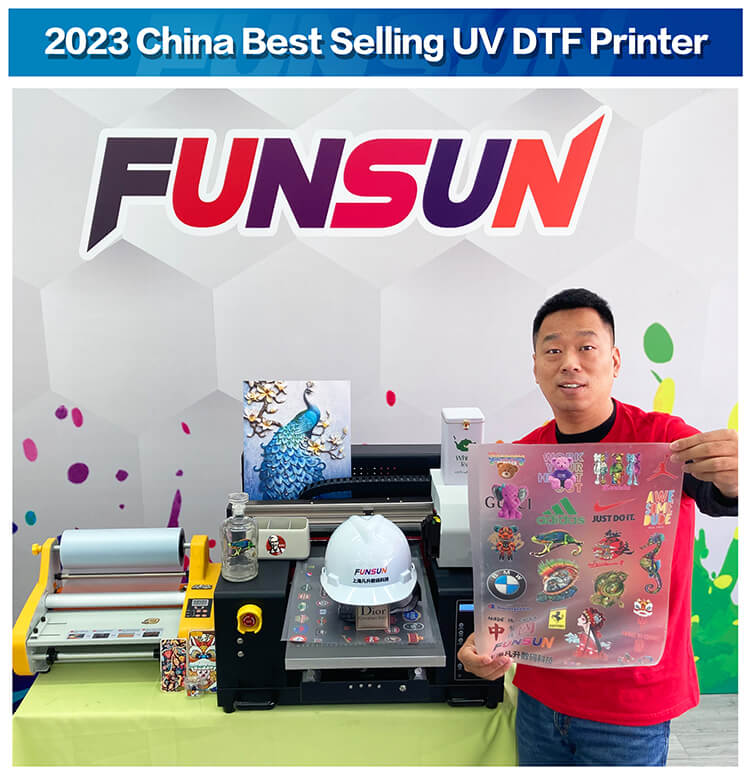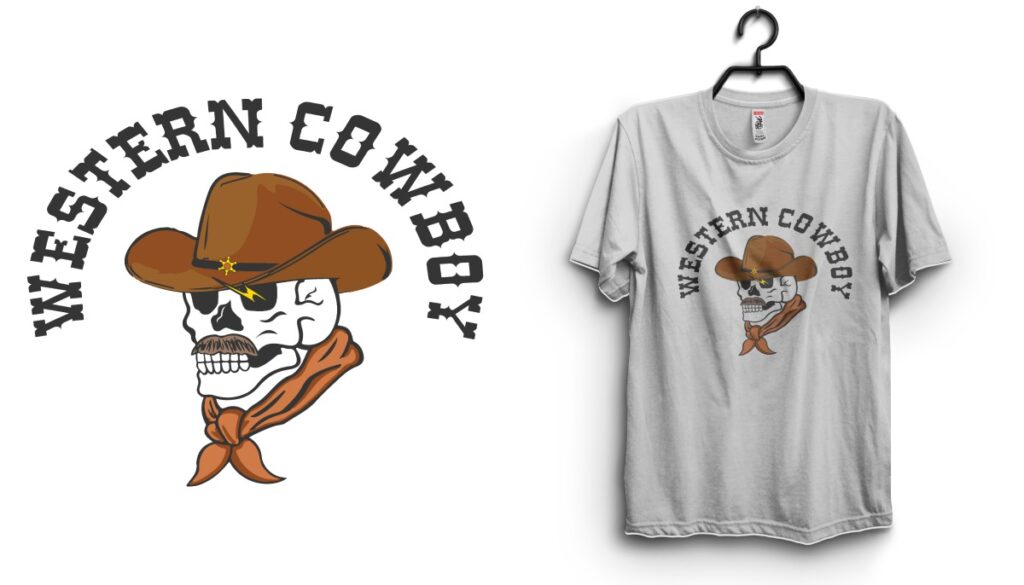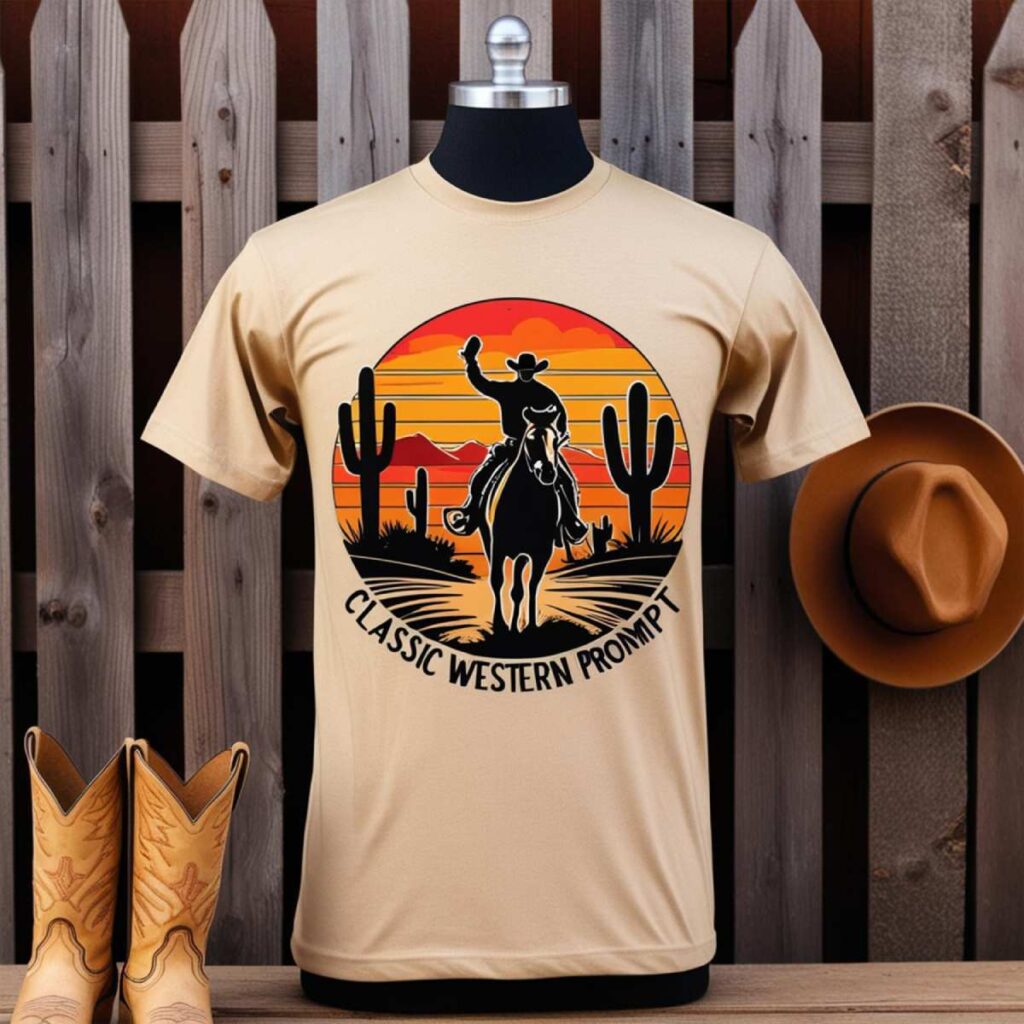UV DTF printing represents a groundbreaking fusion of traditional Direct-to-Film methods and cutting-edge UV printing techniques, paving the way for high-quality, durable prints that cater to a variety of applications. This innovative approach not only enhances the vibrancy of colors but also ensures the longevity of designs across diverse substrates, from textiles to metals. As businesses strive for excellence in print quality and durability in printing, understanding the intricacies of the UV curing process becomes essential. In this article, we will delve into the best practices for printing that can elevate your UV DTF printing experience, ensuring exceptional results that stand the test of time. Join us as we explore the fascinating world of UV DTF printing and uncover techniques that can maximize your creativity and profit.
Often referred to as UV Direct-to-Film printing, this advanced method combines the benefits of traditional printing with innovative UV technology, producing stunning, resilient designs. With its ability to deliver superior DTF printing quality, this printing technique is quickly becoming a favorite among creators and businesses alike. By leveraging the UV curing process, printers can achieve remarkable vibrancy and durability that meets the demands of various industries. In our exploration of this printing revolution, we will outline essential strategies and best practices to optimize your output and maintain high standards in print quality. Discover how embracing these methodologies can not only enhance your projects but also solidify your reputation in the competitive printing landscape.
Benefits of UV DTF Printing in Modern Applications
UV DTF printing has emerged as a versatile solution that offers distinct advantages across a variety of modern applications. One of the primary benefits is the ability to produce vibrant and detailed designs on a diverse range of substrates, from textiles to plastics and metals. This adaptability allows businesses to cater to a wider audience and fulfill various printing needs effectively. Given the increasing demand for high-quality graphics in advertising and product branding, UV DTF printing stands as a reliable choice for achieving professional-grade results.
Moreover, the rapid curing process associated with UV DTF printing significantly reduces production times, which is crucial in today’s fast-paced market. By using UV curing techniques, printers can substantially accelerate turnaround times without compromising on quality. This efficiency not only enhances productivity but also allows for greater flexibility in meeting client demands. Ultimately, UV DTF printing’s broad application and operational efficiency position it as a top contender in the printing industry.
Understanding the UV Curing Process for Optimal Results
The UV curing process is a fundamental component of UV DTF printing that plays a pivotal role in defining the quality and durability of the final prints. When the printed film is exposed to UV light, the inks undergo a photochemical reaction, resulting in instant curing. This rapid process not only enhances the vibrancy of the colors but also creates a durable surface that withstands the rigors of wear and environmental exposure. Understanding this curing mechanism allows printers to optimize their settings according to different substrate needs, which is crucial for achieving ideal results.
Failure to implement proper curing techniques can lead to significant issues such as peeling, fading, or cracking of prints. Therefore, it is essential to calibrate the curing units meticulously. Different materials may require varied exposure times and intensities to ensure complete curing. This nuanced approach to the UV curing process is vital for maintaining print integrity over time, ensuring that the end product remains appealing and intact.
Choosing the Right Materials for UV DTF Printing
The selection of transfer films and materials is critical when it comes to maximizing UV DTF print quality. Not all films are made the same; some may be more compatible with specific types of UV inks or substrates. It is important to assess the thickness and material properties of the transfer films being used, as these factors can significantly impact adhesion and overall print quality. By conducting thorough pre-testing with various materials, printers can identify the best combinations that enhance both color vibrancy and durability.
Additionally, integrating high-quality substrate materials that complement the UV DTF process is essential. Poor substrate choices can lead to issues such as poor ink absorption and reduced durability. Therefore, investing in premium materials not only ensures better output but also elevates the brand image for businesses relying on high-quality prints. The right choice of materials ultimately supports achieving optimal results in UV DTF printing.
Techniques for Maintaining Print Durability
To ensure the longevity of UV DTF printed items, it’s imperative to implement effective post-printing care techniques. Proper handling post-production is crucial; prints should be kept away from direct sunlight and high-temperature environments to prevent damage. Furthermore, applying protective coatings or laminates can provide an additional barrier against physical wear, UV exposure, and moisture, thereby extending the lifespan of the prints significantly. Adhering to these best practices is essential for preserving print quality over time.
Besides laminating, it’s also beneficial to educate clients on the care required for maintaining their printed items. Simple instructions for storage and handling can significantly contribute to the durability of the prints. By emphasizing the importance of proper care, businesses can ensure that their UV DTF prints retain their visual appeal and functionality long after production, securing customer satisfaction and repeat business.
Maximizing Efficiency in UV DTF Printing Workflows
Streamlining workflows in UV DTF printing is crucial for maximizing both productivity and quality. Employing modular printing solutions allows businesses to be dynamic and versatile in their operations, accommodating a range of printing tasks from simple jobs to complex designs. By integrating advanced technologies and equipment that support various print sizes and shapes, businesses can significantly enhance their operational capacity and service offerings.
Furthermore, optimizing the workflow through automation can eliminate common inefficiencies and reduce the likelihood of errors during the printing process. Investing in workflow management systems can help in tracking production cycles, identifying bottlenecks, and facilitating seamless communication among team members. This holistic approach to operational efficiency not only improves turnaround times but also enhances the overall quality of UV DTF prints.
Exploring Future Trends in UV DTF Printing
The future of UV DTF printing is poised for exciting developments, driven by technological innovations and changing market demands. As printing technologies evolve, the capabilities of UV DTF systems will likely expand, allowing for even higher quality outputs and faster production times. Emerging trends such as eco-friendly inks and sustainable printing practices are becoming increasingly important, prompting the industry to explore greener options that do not compromise print quality.
In addition, the integration of Artificial Intelligence (AI) in UV DTF printing is expected to play a significant role in enhancing quality control processes. AI algorithms can analyze print data for consistency, adjust settings in real time, and predict potential issues before they affect print quality. These advancements will not only streamline operations but also ensure that businesses stay competitive in a rapidly evolving industry, making the future of UV DTF printing bright and promising.
Frequently Asked Questions
What is UV DTF printing and how does it work?
UV DTF printing combines Direct-to-Film techniques with UV curing to create vibrant, durable prints on various substrates. The process involves printing designs onto a special film using UV ink, which is then cured with UV light to set the ink, enhancing color vibrancy and durability.
Why is UV DTF printing considered a superior option compared to traditional DTF printing?
UV DTF printing is superior because it offers enhanced print quality and durability. The UV curing process sets the inks more effectively than traditional methods, resulting in prints that are more resistant to fading and wear, making them ideal for long-lasting applications.
What materials can be used with UV DTF printing for optimal results?
For optimal results in UV DTF printing, choose transfer films that match your UV inks and substrates. Materials such as textiles, plastics, and metals can yield high-quality prints if the right film thickness and composition are selected, ensuring compatibility and durability in printing.
How important is the UV curing process in UV DTF printing?
The UV curing process is crucial in UV DTF printing as it ensures the inks are properly set, enhancing durability and preventing issues like fading and peeling. Calibration of curing units should be adjusted based on the substrate used to achieve the best results.
What best practices should I follow to ensure longevity in UV DTF prints?
To ensure longevity in UV DTF prints, follow best practices such as using high-quality transfer films, ensuring proper UV curing, and adhering to post-print care like avoiding direct sunlight and applying protective coatings. These steps will help maintain print quality over time.
What are the advantages of using modular printing solutions in UV DTF printing?
Modular printing solutions enhance operational efficiency in UV DTF printing by allowing for printing on a variety of shapes and surfaces, which broadens service offerings. This flexibility can increase market reach and improve overall efficiency in production workflows.
| Key Area | Description |
|---|---|
| Overview | UV DTF printing combines traditional DTF techniques with UV curing to produce vibrant, durable prints on various substrates. |
| How It Works | Designs are printed on a film with UV ink and cured under UV light for durability and color vibrancy. |
| Equipment Quality | Invest in high-quality printers for better ink distribution and higher resolution outputs. |
| Transfer Films | Select transfer films that are compatible with your ink and substrate for optimal print quality. |
| Curing Process | Ensure proper UV curing to prevent print quality issues such as fading and peeling. |
| Post-Printing Care | Apply protective coatings and avoid direct sunlight to maintain print quality. |
| Modular Solutions | Incorporate modular systems to increase functional capabilities and market reach. |
| Workflow Optimization | Automate processes and train staff to minimize errors and enhance efficiency. |
Summary
UV DTF Printing is a revolutionary technique that enhances print quality and durability. By utilizing high-quality printers, specialized transfer films, and ensuring careful curing and post-print care, you can achieve stunning prints that resist wear and tear. Embracing modular printing solutions and optimizing your workflow can further improve efficiency in your printing operations. Implementing these strategies will elevate your UV DTF printing practices, ensuring your prints not only look remarkable but also last longer, fulfilling the demands of your clients and the market.



